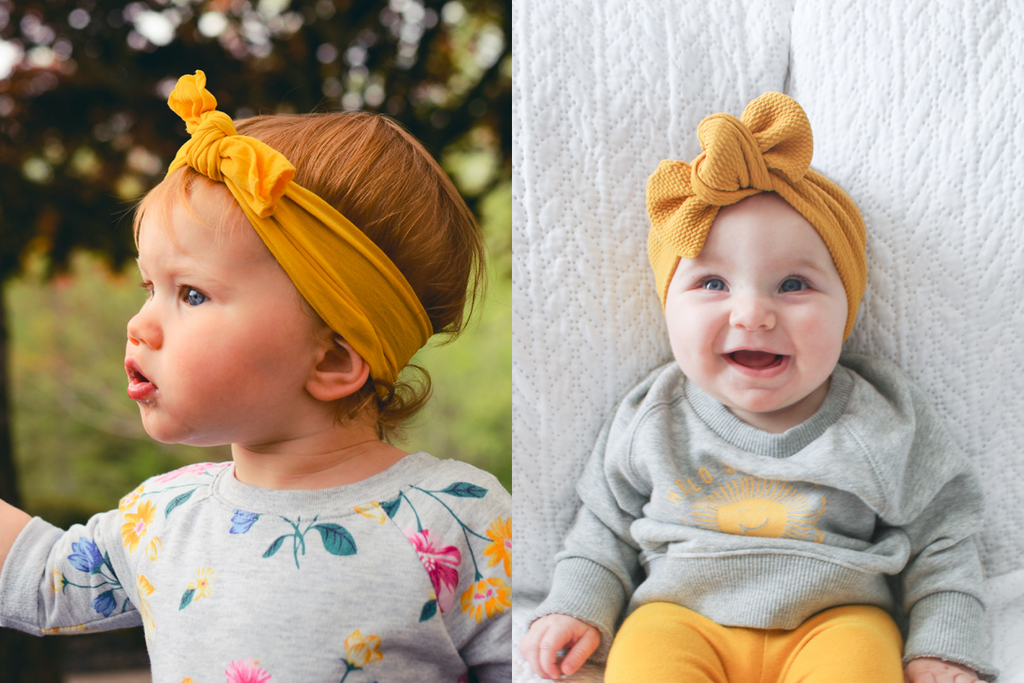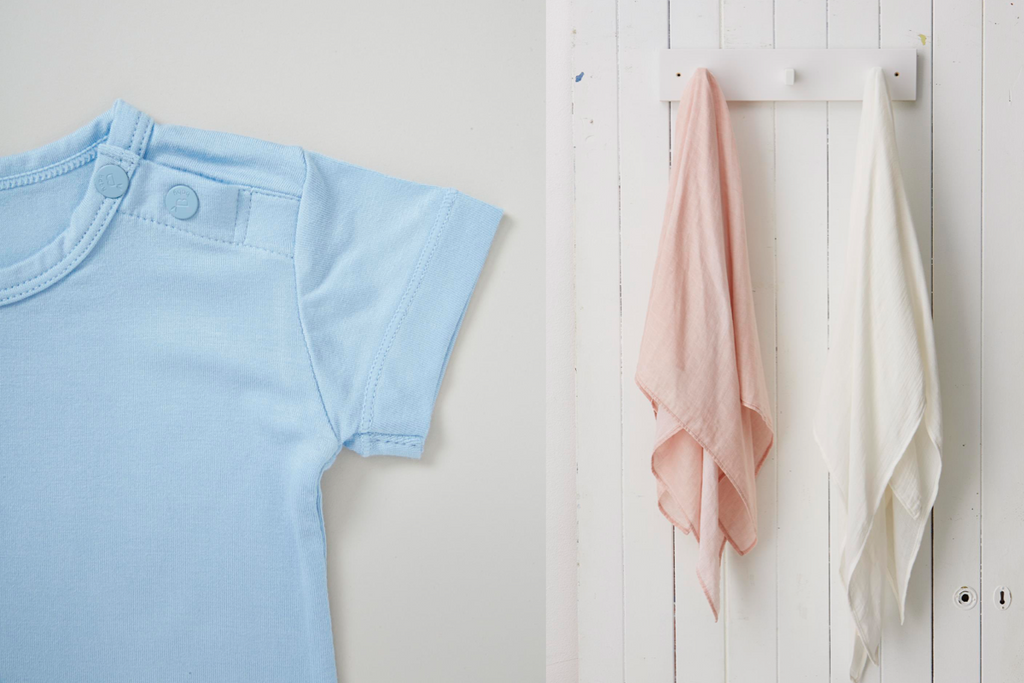
We all know how fast babies grow. With all their tiny ensembles, we can find ourselves with an excessive amount of like-new clothing that has barely even been worn. It can feel like our children grow up overnight and getting rid of the clothes they’ve outgrown can feel incredibly wasteful.
Consider these options for repurposing and upcycling baby clothes and breathe new life into their tiny wardrobe.
Baby’s blanket

Consider sewing your little one’s cutest tops and onesies into a small quilt. With this, they have another soft blanket or you can place on the floor for an attractive mat and to keep your baby from rolling around on a dirty floor.
Consider lining the back with some cute fleece fabric for a cohesive look and to hide any excess stitching for the cutest baby blanket you’ve ever seen.
You can find other uses for their adorable wardrobe and highlight some of your favourite designs in the process.
Small decorative pillows

While it will not be practical or safe to have pillows around your newborn, as they grow, you can adorn their room with tiny pillows of their past. Choose some of the softness fabrics from their baby clothes to create a small mound of pillows. They can use these to create a cosy feel in a pillow fort or an indoor reading tent.
Hair accessories

You may not have been aware that old baby clothes can make some of the most fashionable hair accessories for little ones. Consider repurposing cute patterns and designs to create hair ribbons, headbands and clips with small flowers.
These adorable designs will be certain to wow and catch the eye of onlookers. People will be asking you where you got your cute accessories and little did they know, you made sustainable choices in the process.
Hats
Similar to hair accessories, you can also make tiny hats out of old clothes from your little one. Whether your baby needs a covering to protect their small scalp from the sun’s rays, they need some extra warmth or you are just looking for the cutest head covering, consider making a tiny hat for them.
In cooler months, opt for fleece clothing that you can repurpose for a hat to offer them extra warmth and protection.
Pet toys
If you have some leftover clothing, you can create toys for your pet. Whether you stitch together clothing to create sock creatures filled with fluff or ropes of tattered leftovers, your baby’s clothing can be a great option for your favourite furry family member.
You need to be mindful of the strings that may result from this, as this can be harmful. If the clothing gets terribly torn, make sure to discard this immediately to avoid dangerous health issues for your pets.
Home décor

Creating home décor out of old baby clothes may be something that you would have never considered before; however, this can actually repurpose clothing into some of the cutest decorations.
Opt for your favourite, intact onesie and cut out the design for your scrapbook or picture frame. This can be a beautiful way to commemorate the years of their life that will feel like they’ve flown by.
Donate

The most impactful and beneficial repurposing project is actually packing up your outgrown baby clothes to donate them to a reputable charity. There are plenty of families who could use your lightly worn clothing for their little ones.
Particularly if you will not be using the items again, this is a great opportunity to pay it forward and give back. With little effort, you can feel fulfilled knowing that you contributed to their little one’s life.
Babies seem to sprout up out of nowhere as they grow and just continue to get bigger and bigger. The adorable clothing that you purchased may only see a quarter of its shelf life and you may find yourself with a lightly worn, but fully intact wardrobe.
There are so many options for how you can give those items a second life, so instead of letting them collect dust, consider repurposing them, and creating a green existence.
You may also like
Guide
SOCKS SIZE GUIDE
Socks BOODY SIZE EU SIZE UK WOMENS AU / US WOMENS AU /US MENS UK MENS S 34 - 40 2 - 7 3 - 9 M 40 - 45 7 - 10 9 - 12 6 - 11 4 - 9 L 45 - 50 11 - 14 9 - 12 Size Guide

Guide
The Best Father's Day 2023 Gifts...according to Boody
Father’s Day takes place on the third Sunday in June; this year it’s June 18th, 2023. For many of us, buying both a thoughtful and useful gift for our father’s and fatherly figures can typically prove to be a dilemma.

Guide
What to Look for When Buying Activewear
When it comes to what you workout in, it's important to consider how they make you feel and look—but also their impact on the environment. That's where sustainable activewear by Boody comes in.






















